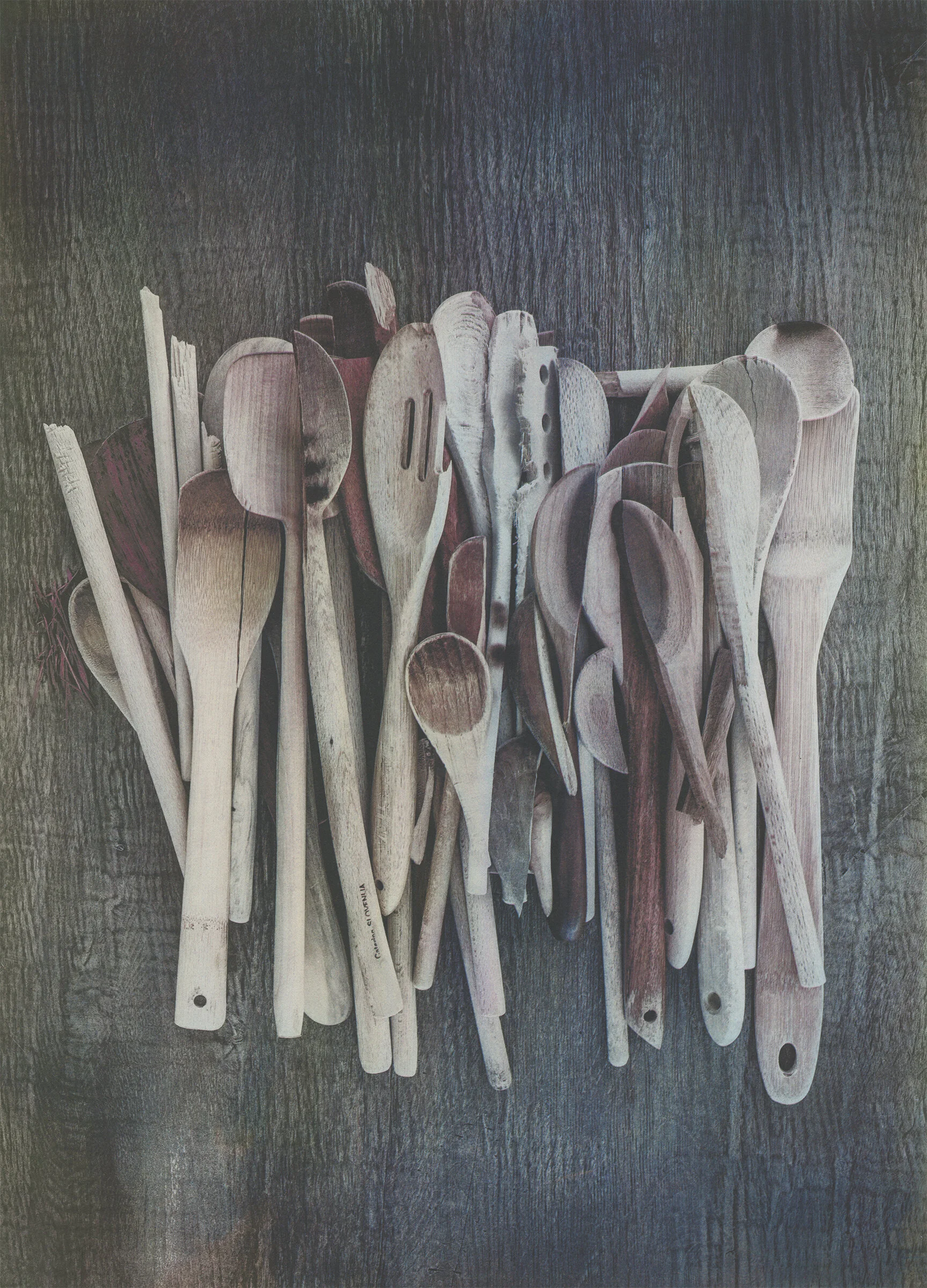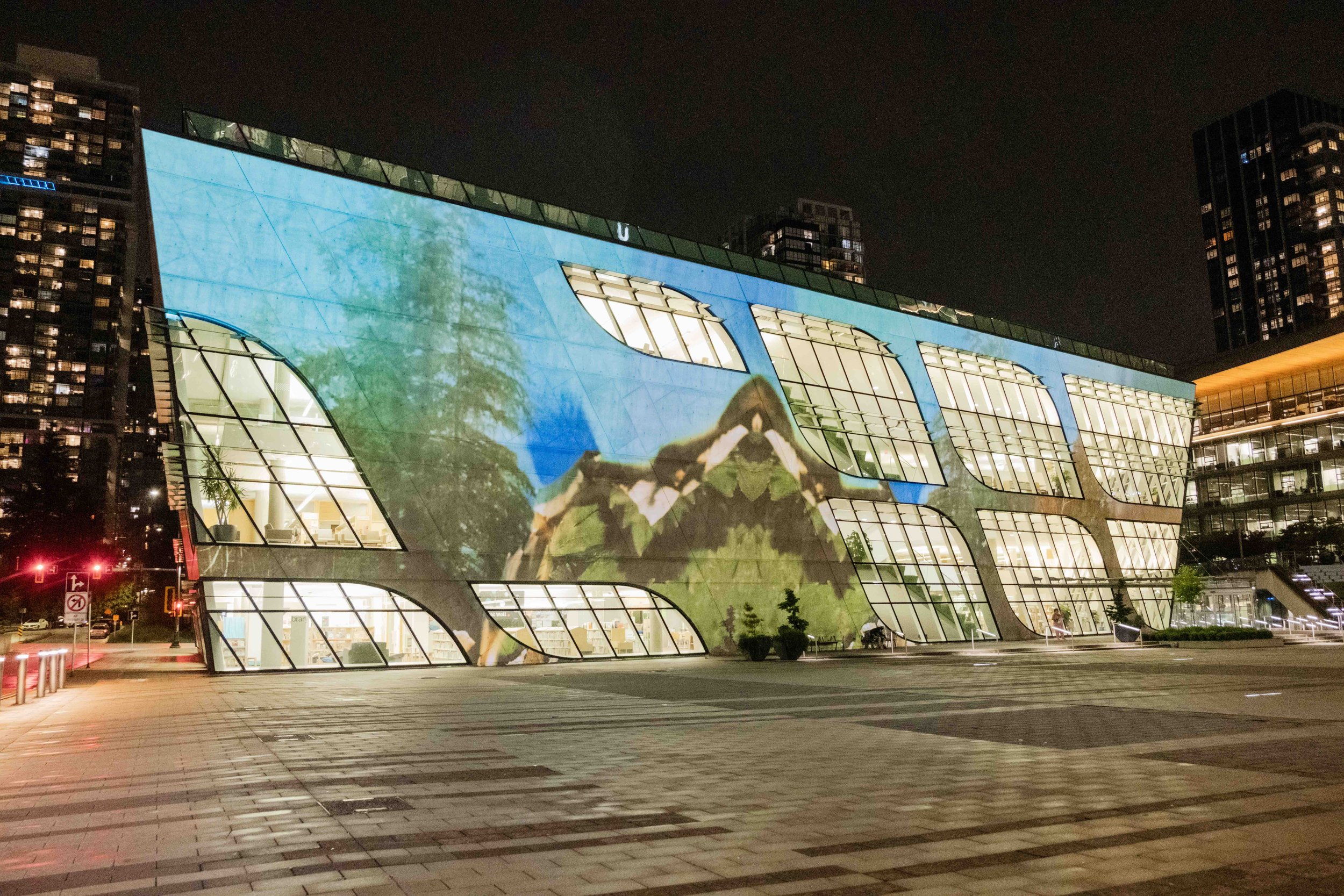Broken spoons from the 7pm cheer for health-care workers turn into a new fine-art photography exhibition
An Unexpected Collection by Michelle Leone Huisman, part of Crafted Vancouver, captures a unique aspect of the COVID-19 era
An Unexpected Collection preserves the ritual of the 7 pm cheer for health-care workers. Michelle Leone Huisman photo
An Unexpected Collection is at La Fabrique St George (7 East 7th Avenue) until May 25 as part of Crafted Vancouver. A free artist talk takes place May 8 at 5 pm PDT.
AS THE NAME of Vancouver-based fine-art photographer Michelle Leone Huisman’s new exhibition implies, she never intended to take pictures of broken spoons. But An Unexpected Collection has come to capture an extraordinary phase of the COVID-19 era.
The photo series stemmed from the ritual that developed early in the pandemic, as people took to banging on pots and pans at 7 pm to recognize frontline health-care workers.
For many, that fervent banging yielded so many splintered, cracked, or smashed utensils. The local artist’s instincts kicked in.
“Back in the spring of 2020, when we were facing the first wave of the pandemic, my family was doing what many other families were doing to support our first responders and front-line workers by banging pots and pans during the 7 pm cheer,” Huisman tells Stir. “One evening my seven-year-old daughter broke her wooden spoon in the process. The next evening, my nine-year-old son’s spoon met with the same fate. As I was photographing the broken spoons, I thought to myself, ‘What does this mean? How were my children feeling? Are there others out there feeling this way? How will we get through this?’
“After posting on a community chat board and other social media, it turned out that there were others in the community with broken spoons stemming from their support of the cheer,” she says. “Not only were there more broken spoons, but people seemed keen to share with me—even total strangers—both the story of their spoon as well as their personal circumstances for supporting first responders. I started to feel less isolated and really motivated to bringing these stories and this collection together.”
Over the last year, Huisman has collected 38 broken spoons and one Rubbermaid container. She found that everyone had a different reason for banging their pots and pans. Each photo in the exhibition is displayed with the personal story of the person who broke the spoon (the “banger”) then donated it to Huisman to photograph.
Michelle Leone Huisman at La Fabrique St George. Photo by Stephanie Braconnier
The spoons seem to match the stories, notes Huisman, who studied photo arts at Ryerson University. One split spoon in particular, for instance, never broke completely; it turned out the banger was dealing with her second bout of breast cancer and had had three hospitalizations (with excellent medical care) in the previous nine months. “She is strong like her spoon,” Huisman says.
While Huisman was collecting spoons and stories, she says she realized that the objects began looking and feeling like artifacts. She started to think about how a museum might want to preserve these photographs and their back stories for future generations.
During her research, she discovered a 19th-century printing technique called tri-colour bichromate gum over palladium, a process that is said to maintain its quality for more than 500 years. She eventually connected with photographic printmaker Bob Carnie, who guided her through the subtleties of the craft.
Here’s how she explains the technical process: “Using a preshrunk watercolour paper—I used Hahnemühle 100% Cotton Rag— the paper is hand-brushed with a specific chemistry of palladium and ferric oxalate and set to dry in low light conditions. Fixing the negative to the dried substrate, the image is then exposed to UV light in a burner. The metal-halide screen exposure system vacuums the print and negative together to create a very close contact during exposure that is important for highly detailed artwork. The paper is then put into three different stop baths of at least 10 minutes each. This hand-painted application process is then repeated for each pigment layer over the palladium [yellow, magenta, then cyan] and can be repeated a virtually unlimited number of times to create the desired effect.”
Each image can take up to five days or more to process, and no two images are alike, despite starting with the same negative.
“The technique’s timelessness, craftmanship and originality resonated with my approach to fine art photography,” Huisman says. “Learning that this process produced work that would stand the test of time I chose it out of a sense of archival responsibility. The enduring quality of the print ensures these stories can still be told for generations to come.”
Working on An Unexpected Collection has proven to be an emotional experience for Huisman, making her realize how close and connected we are to true acts of heroism. She says she will be donating partial proceeds from the Little Mountain Neighbourhood House Society in support of ongoing community outreach for COVID-19 relief.
“While I know we’re not through this yet, I’m overcome with gratitude for the strength of our community,” Huisman says. “We need each other and we need to support one another.”
Lizzy’s Spoon. Photo by Michelle Leone Huisman















